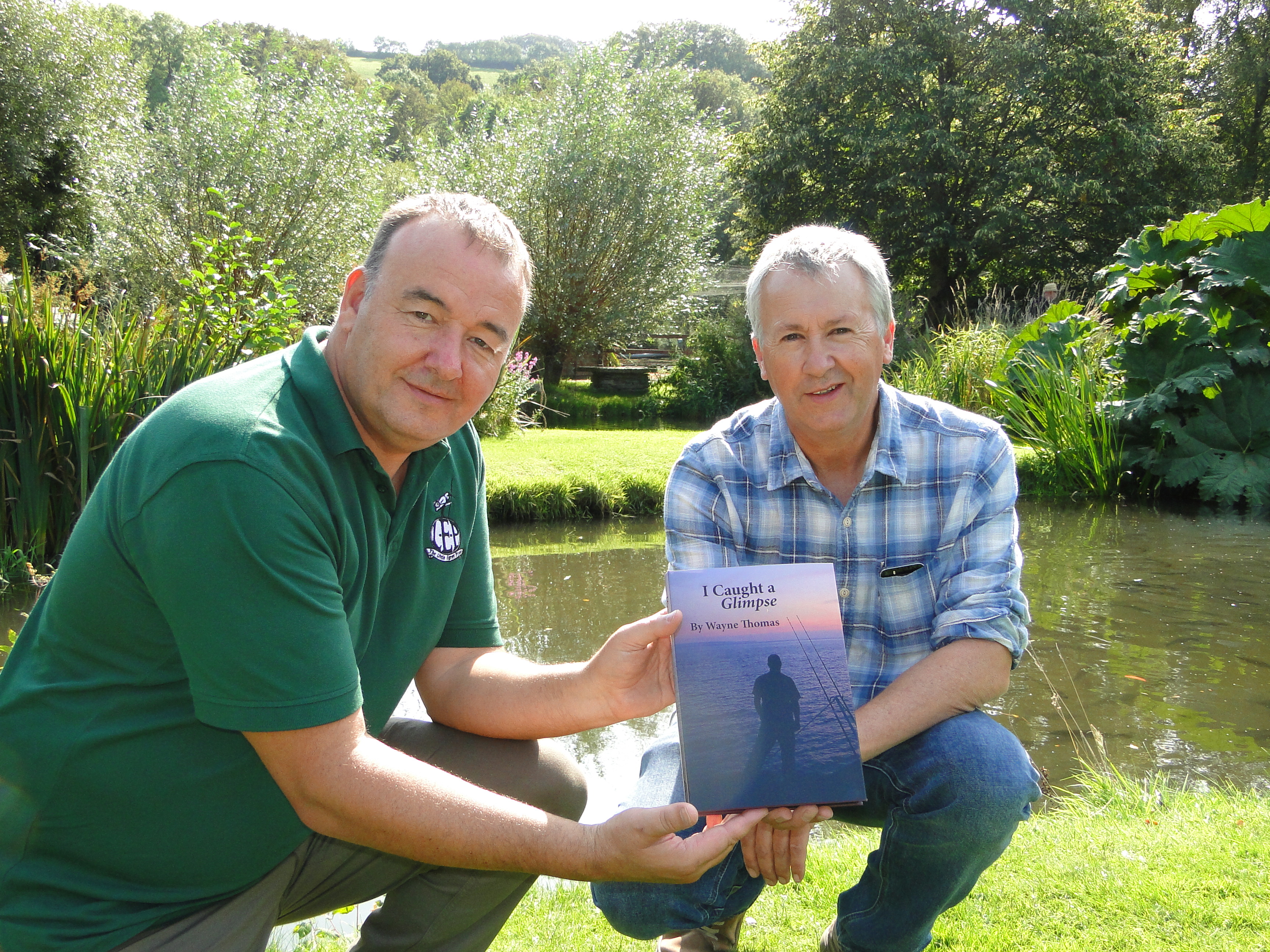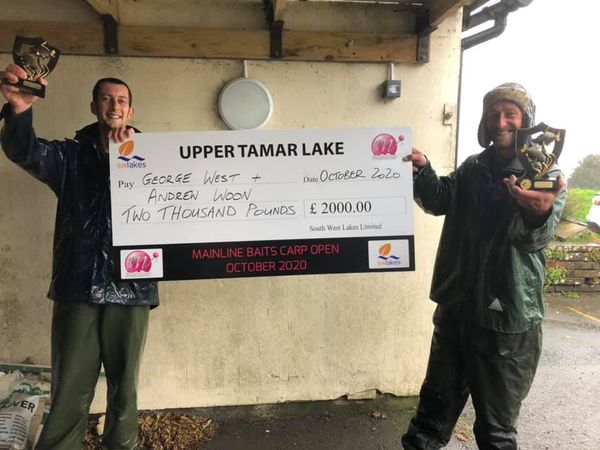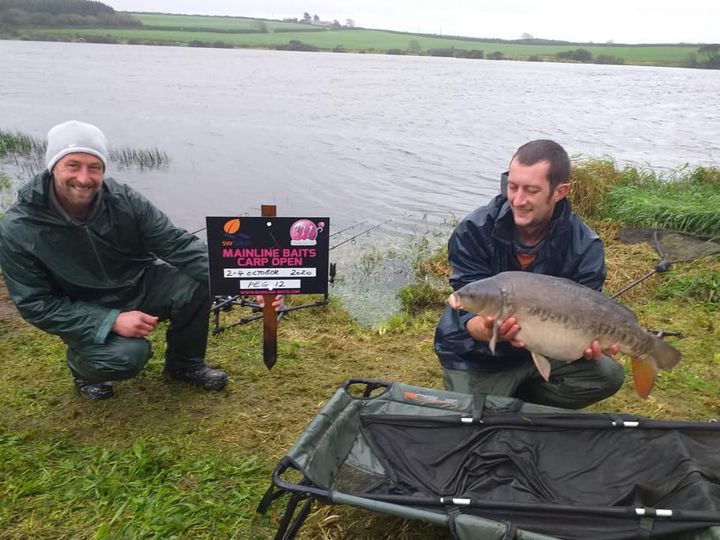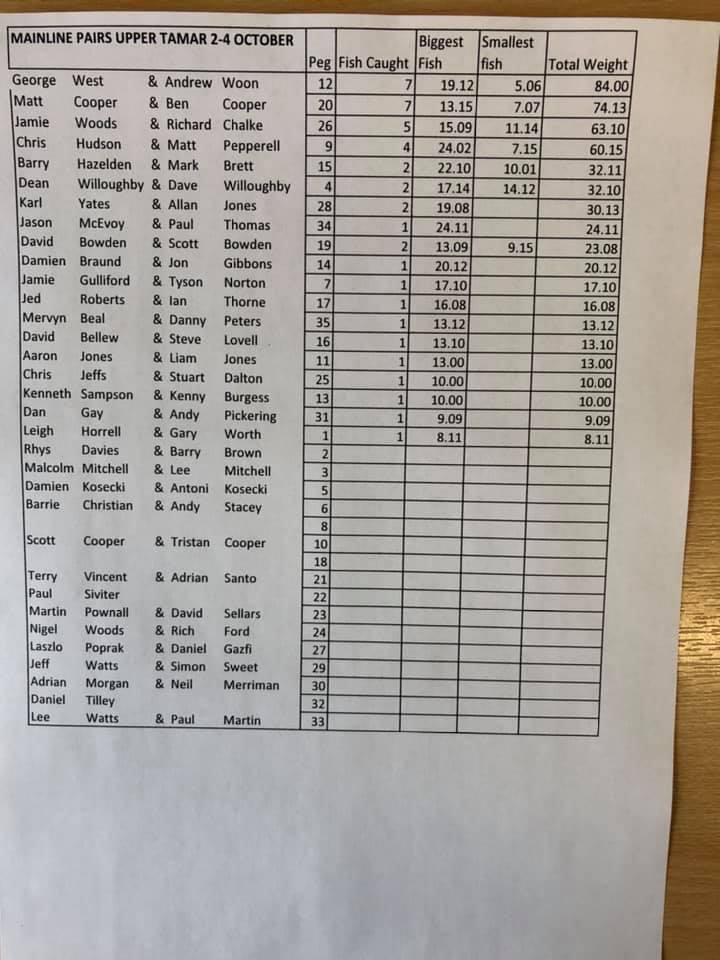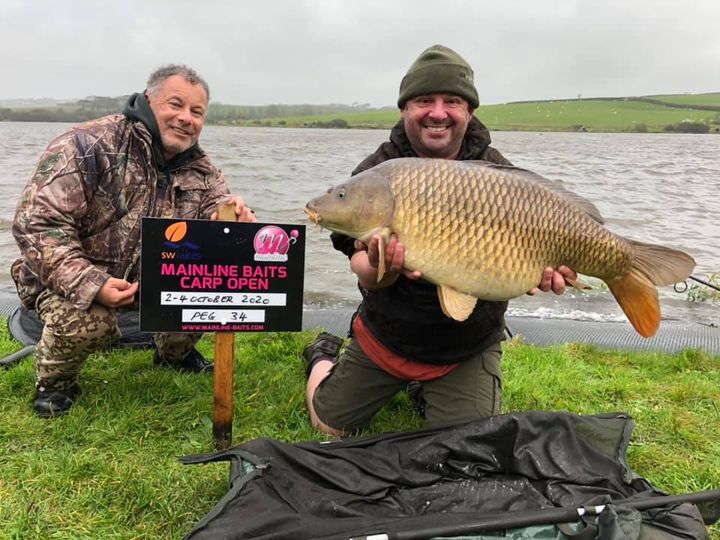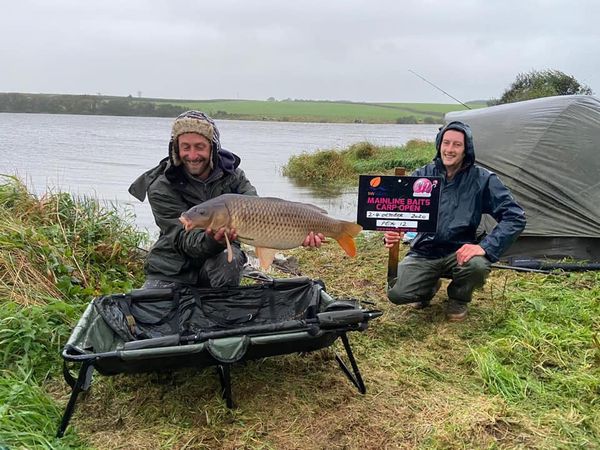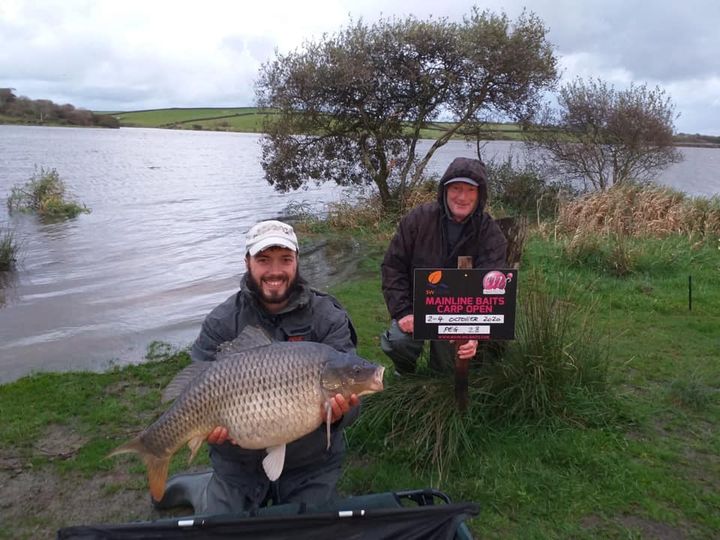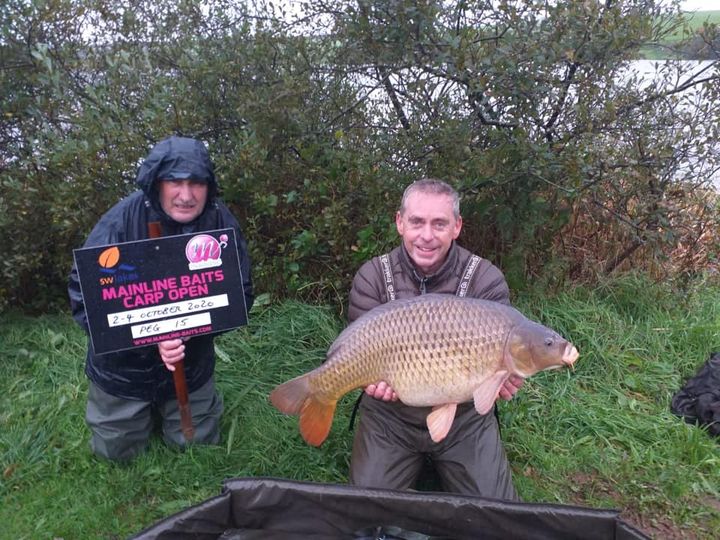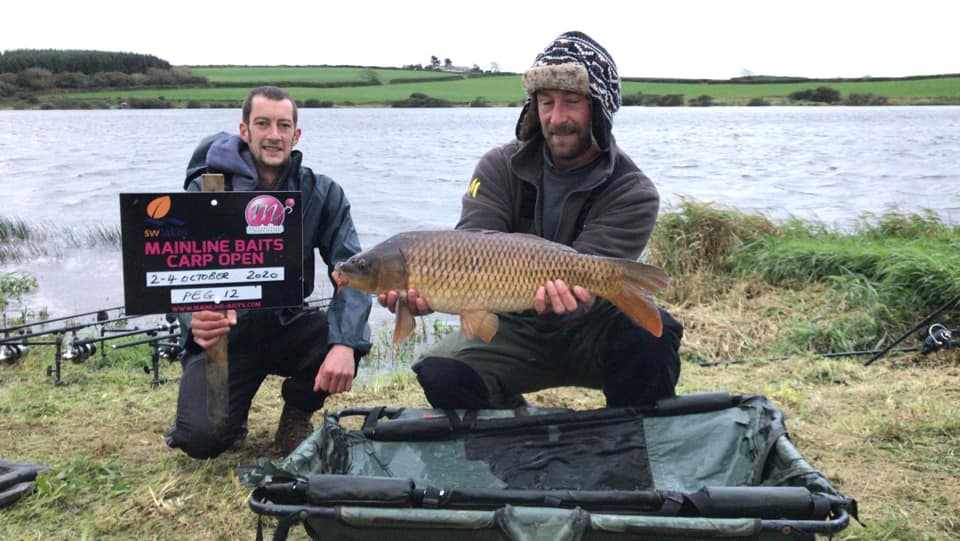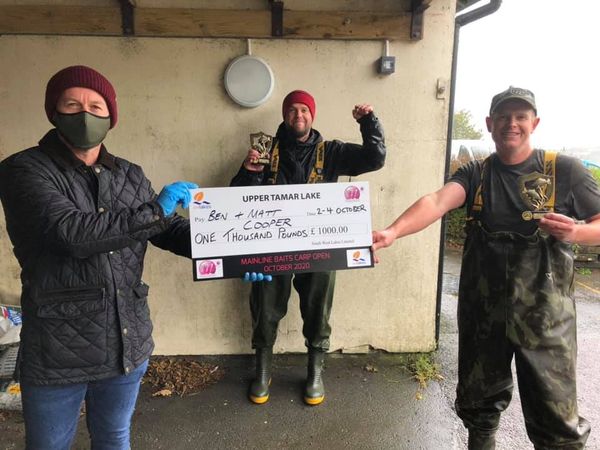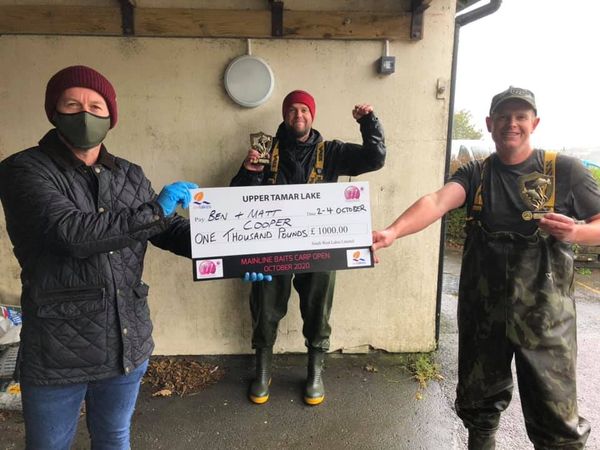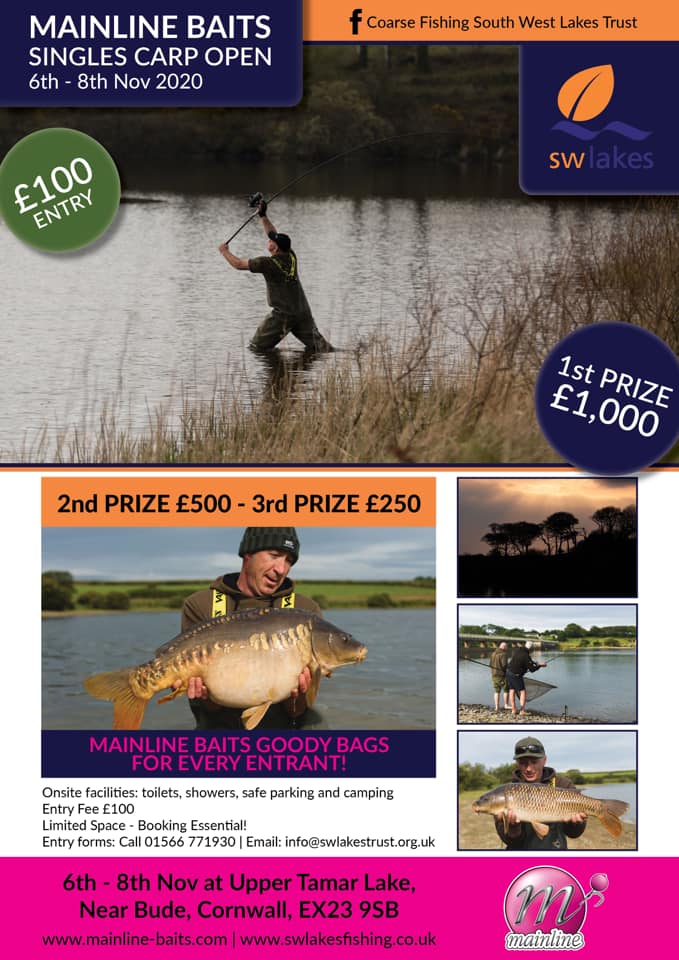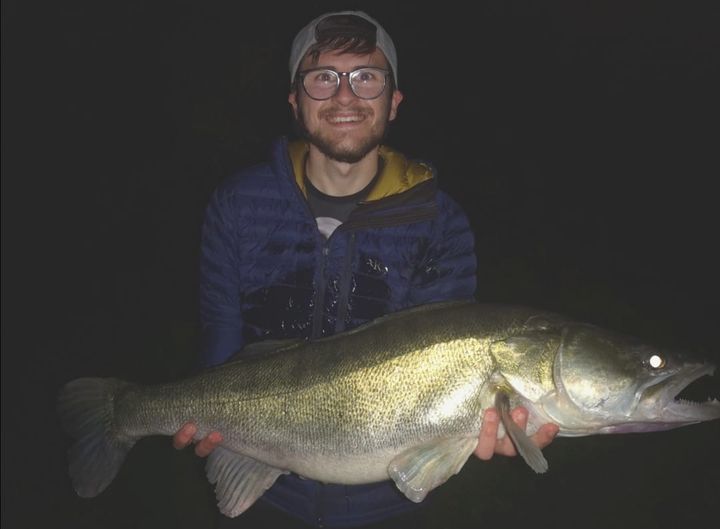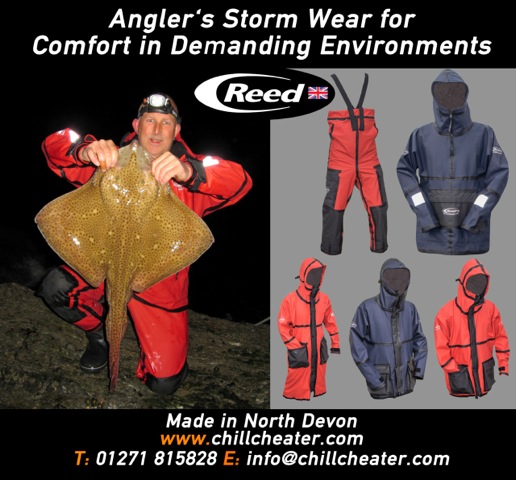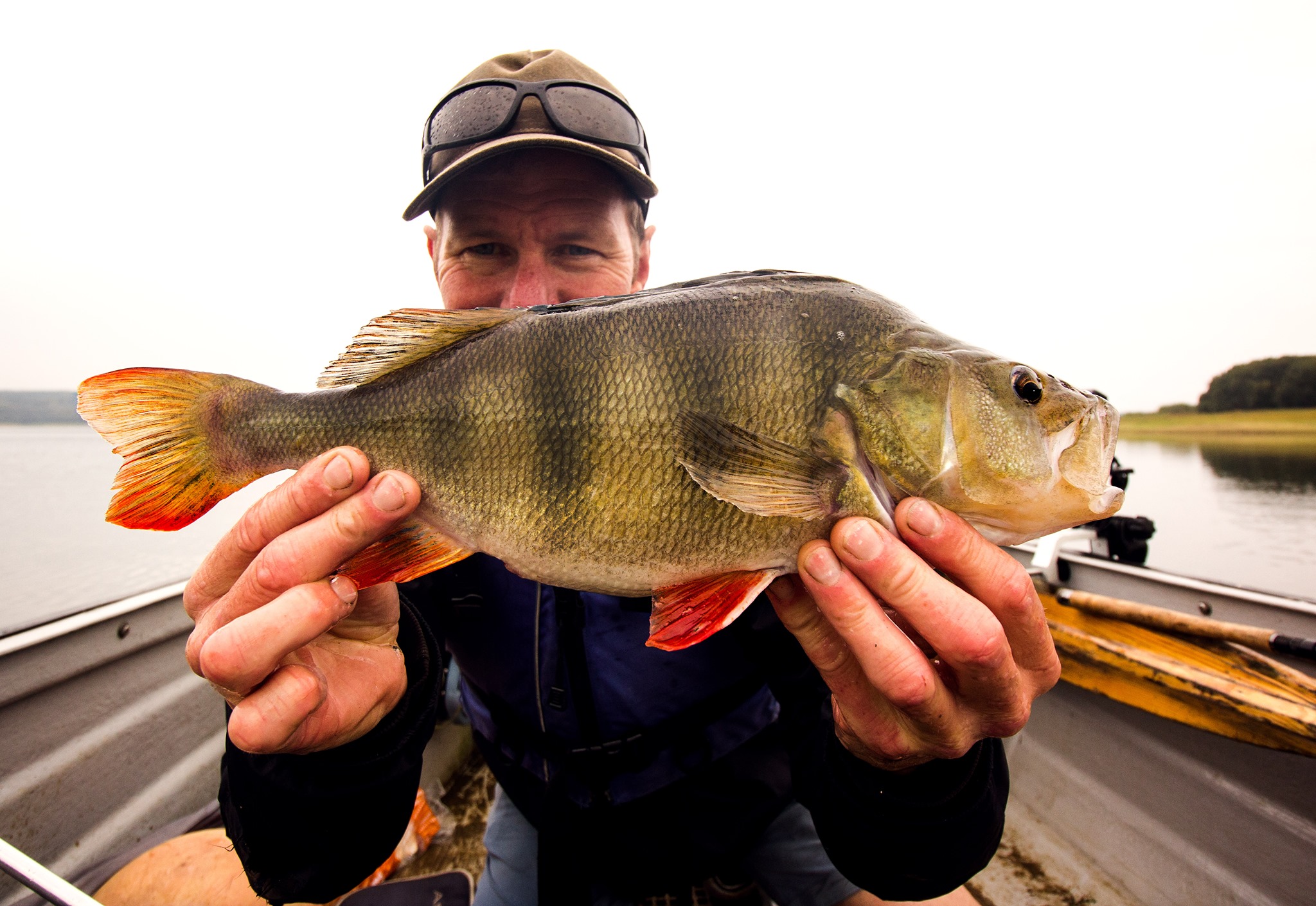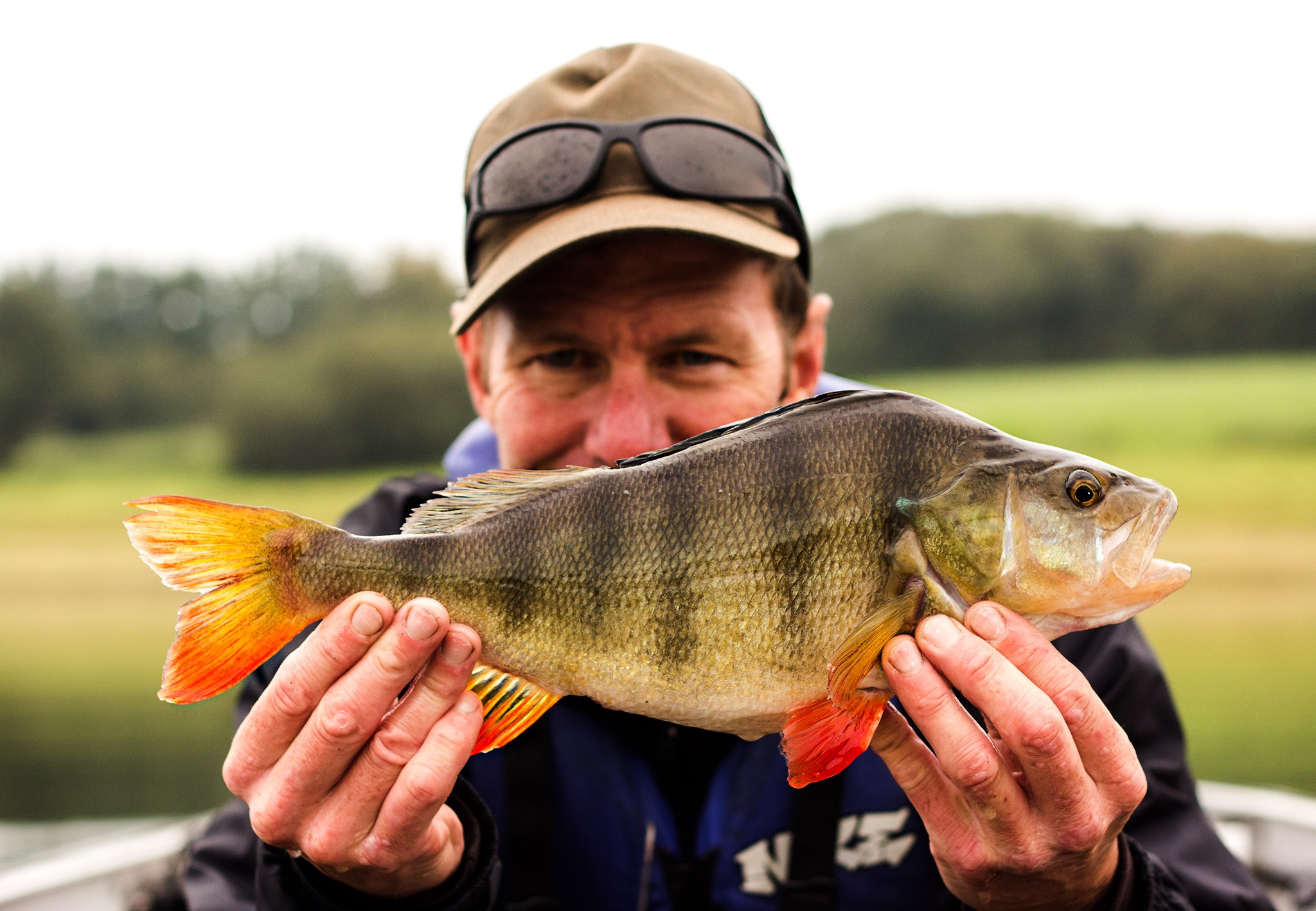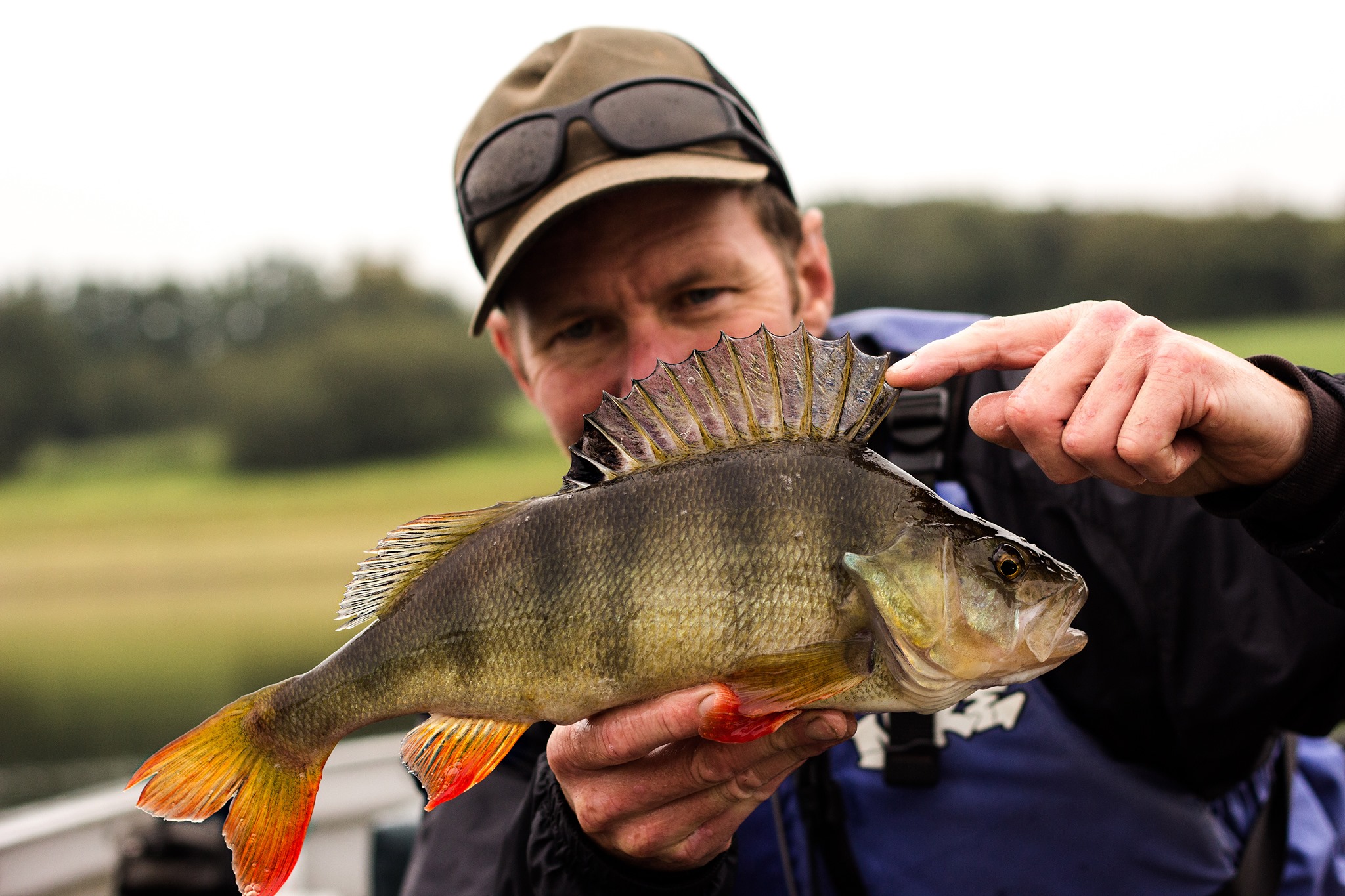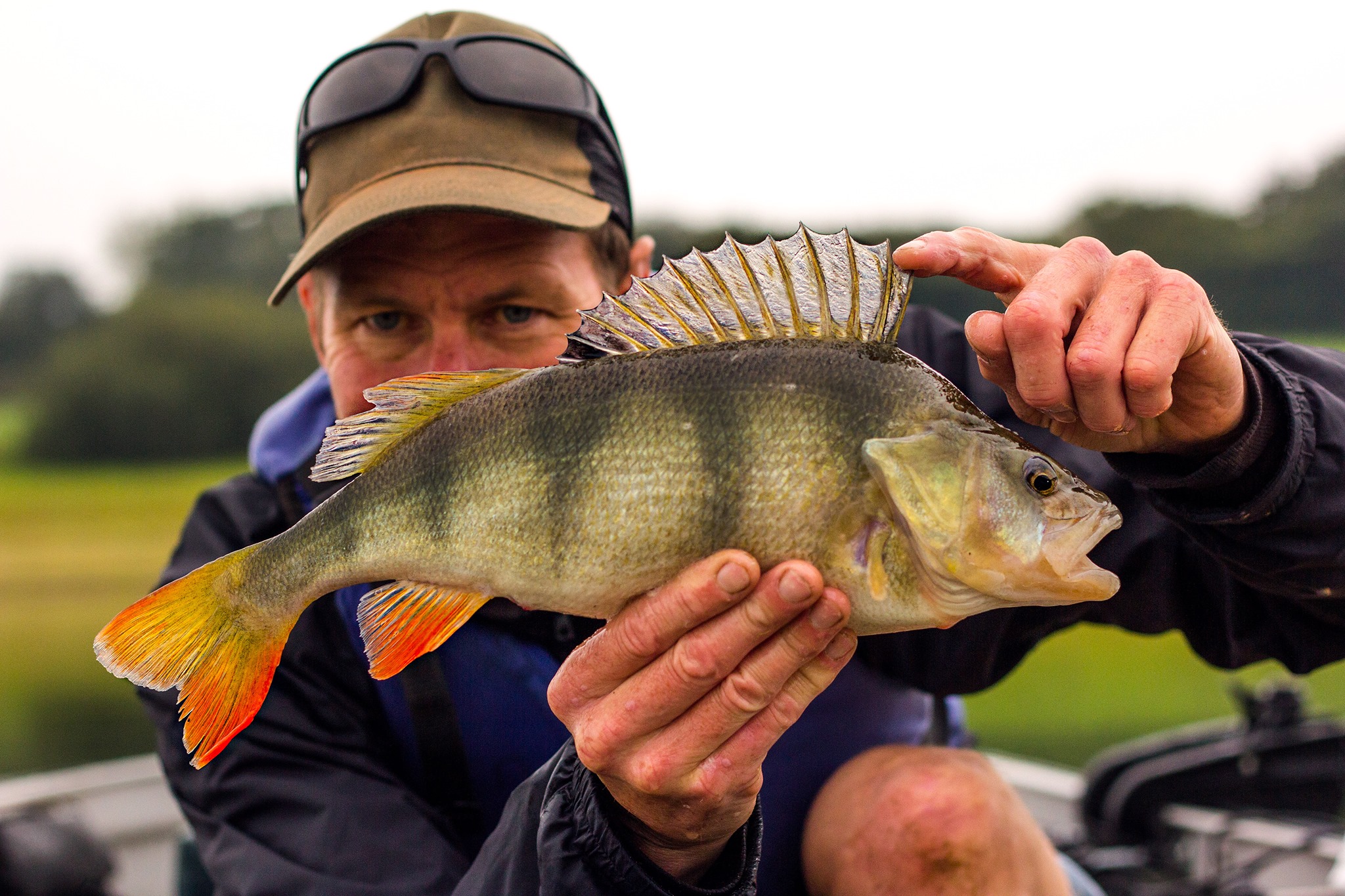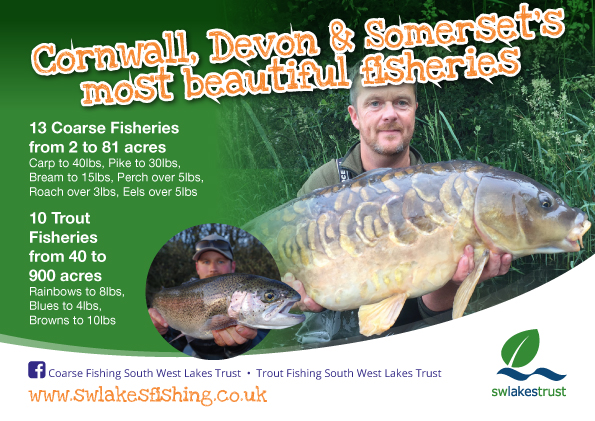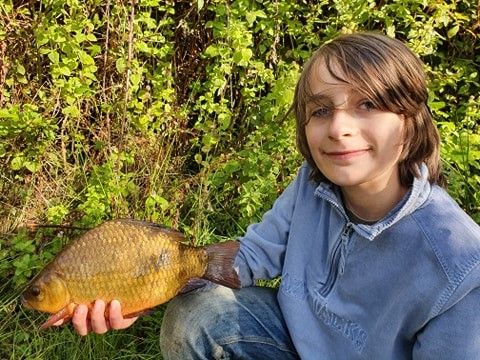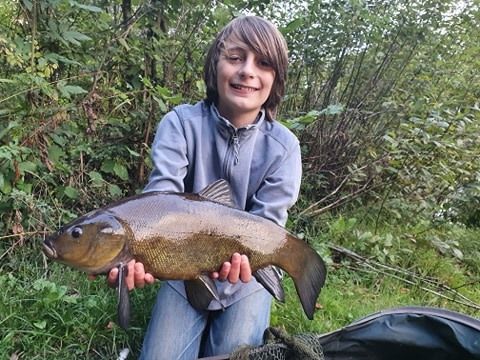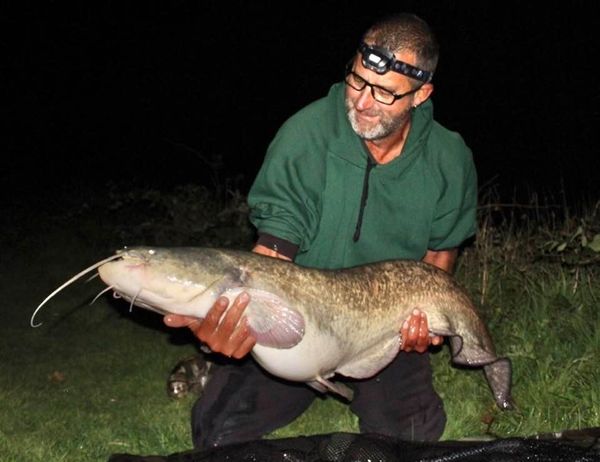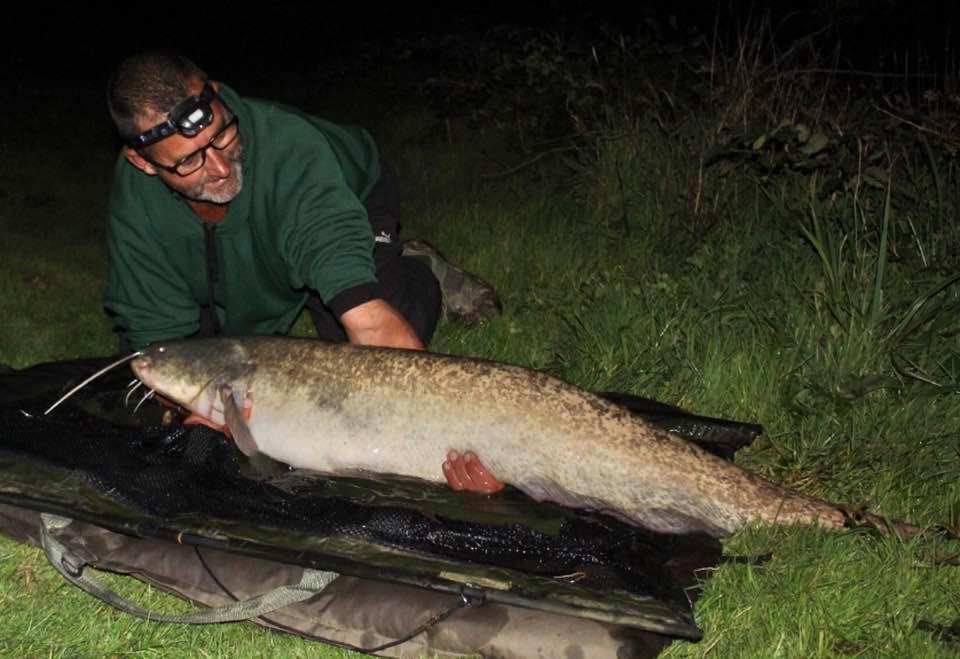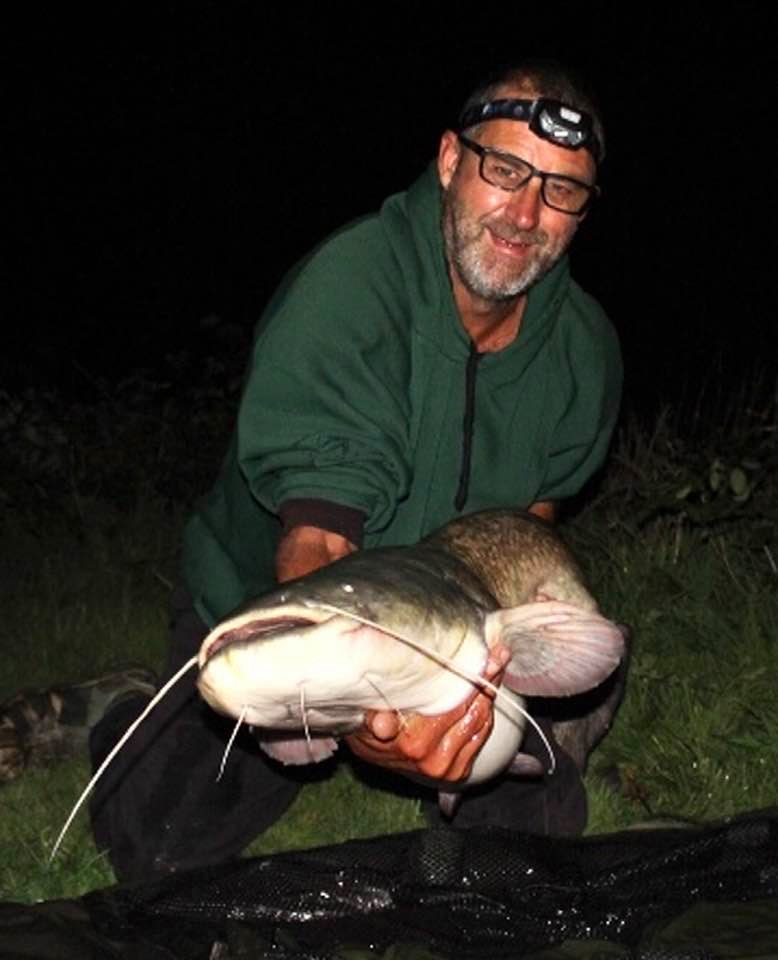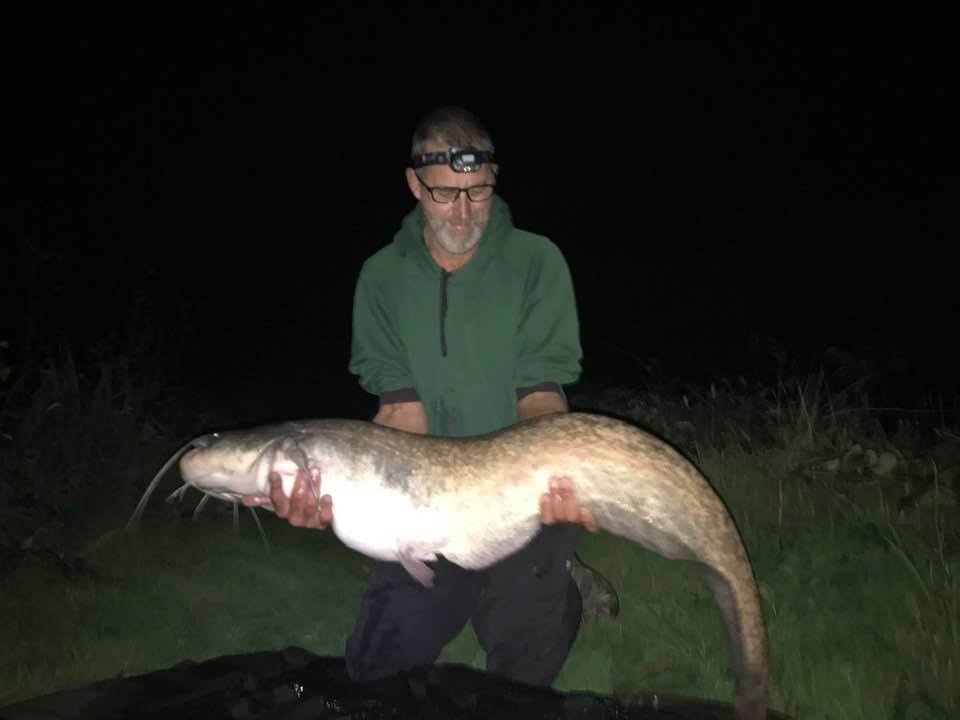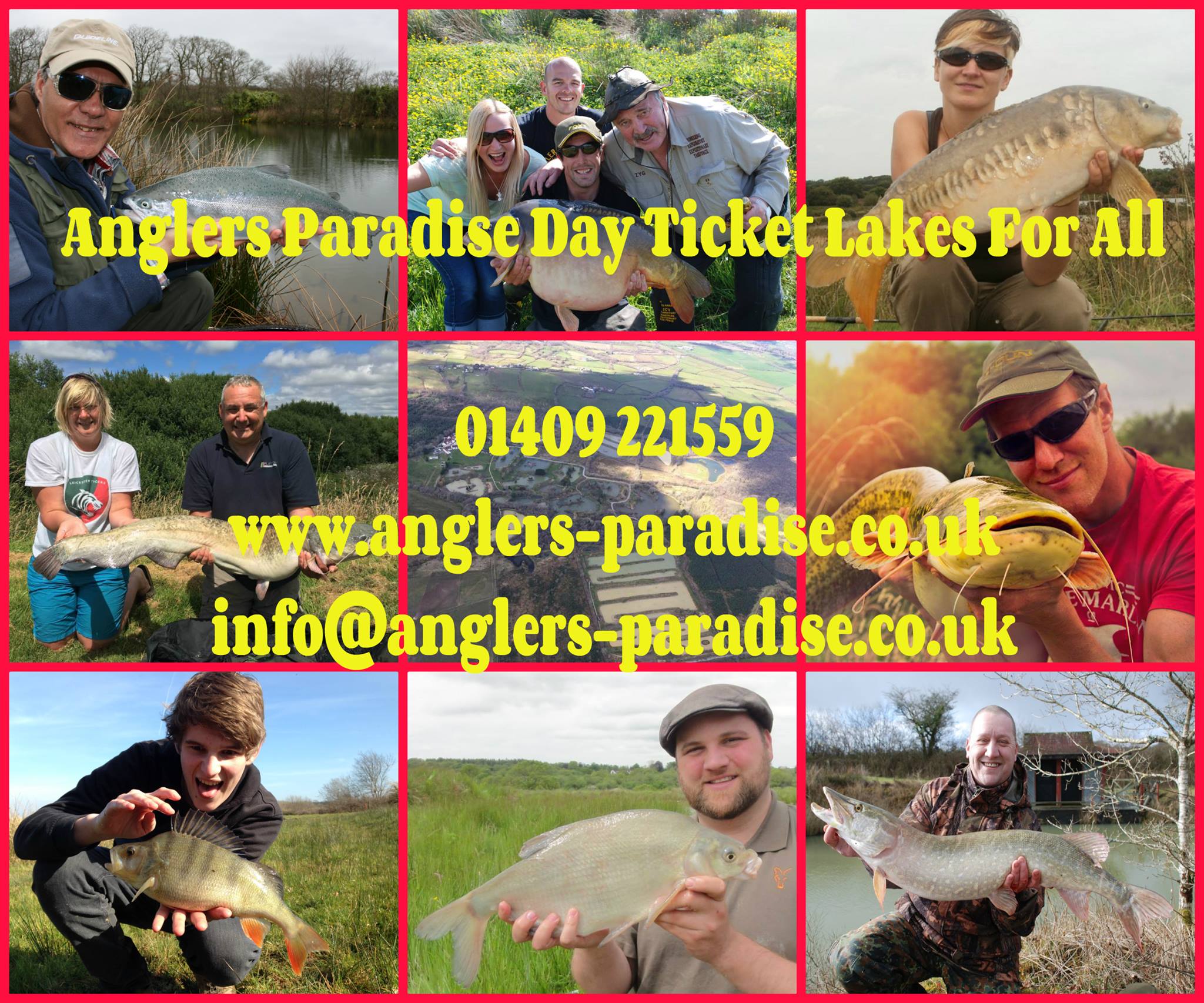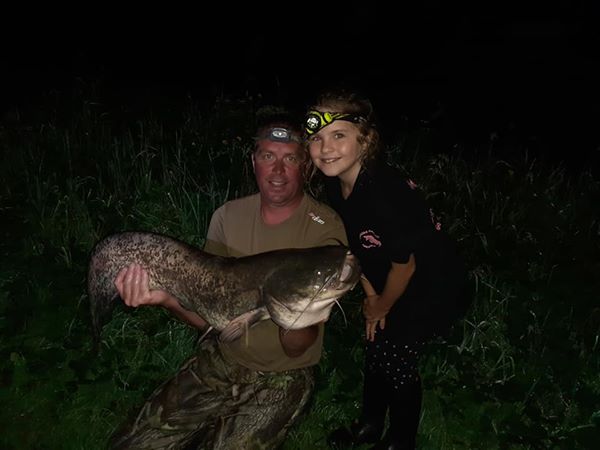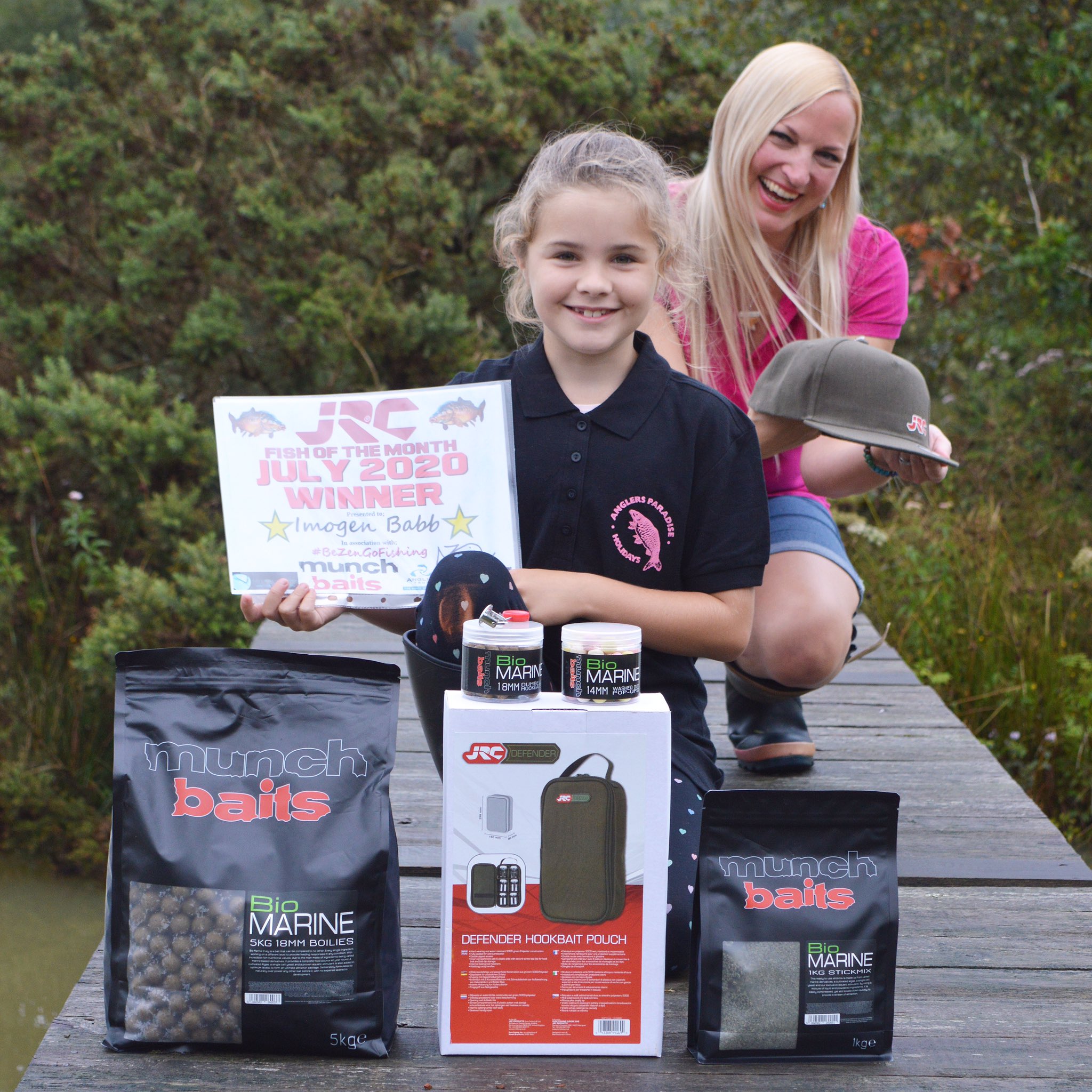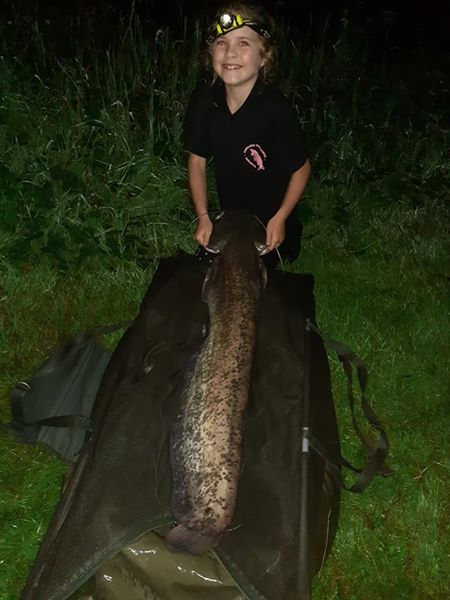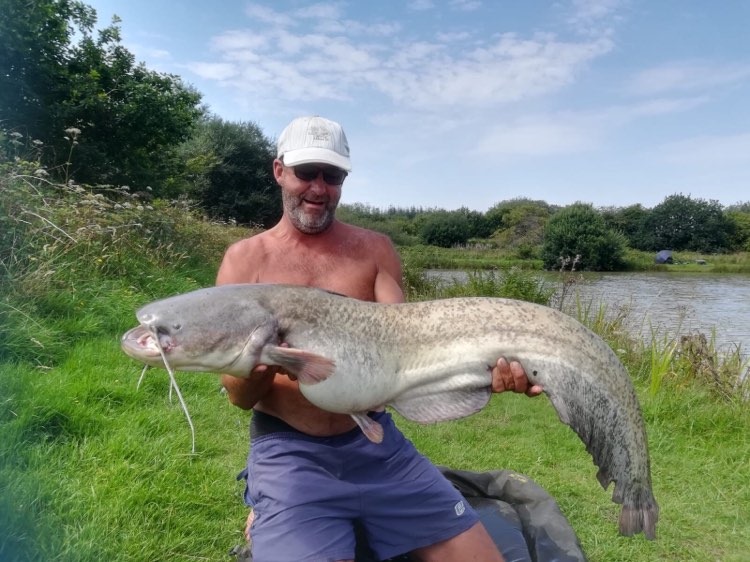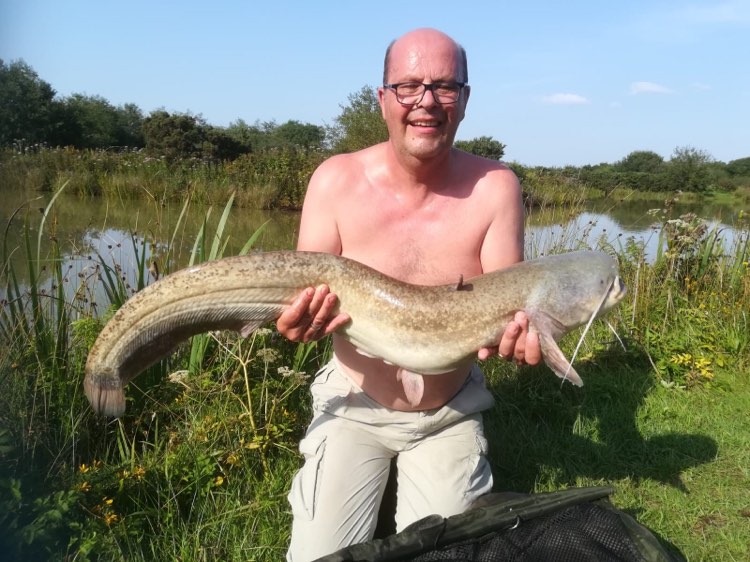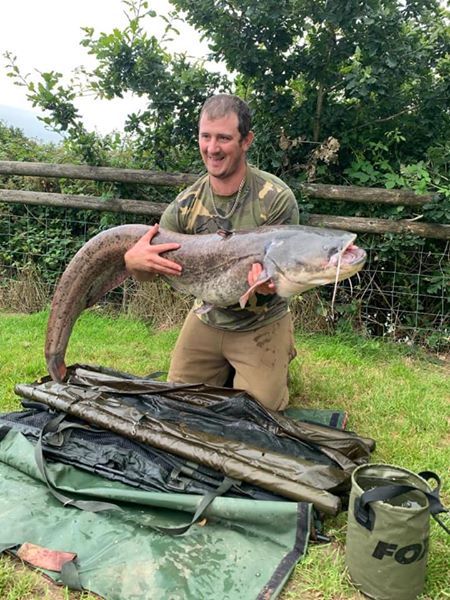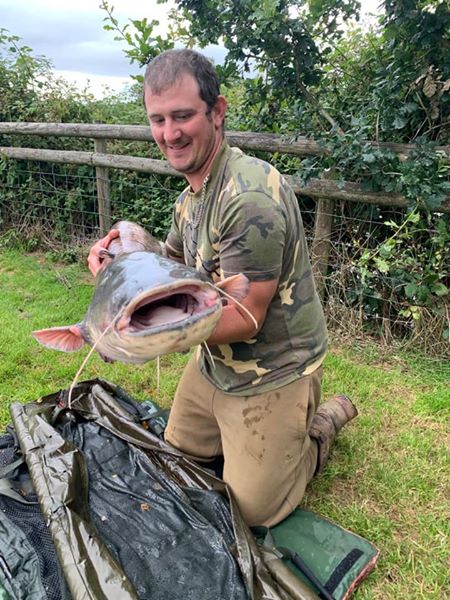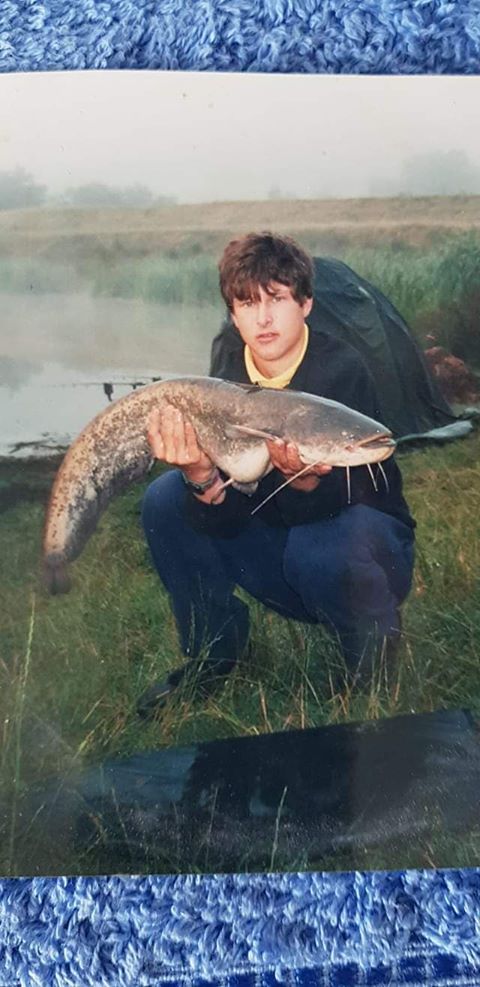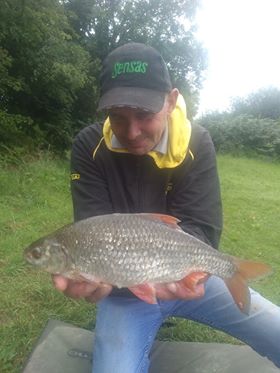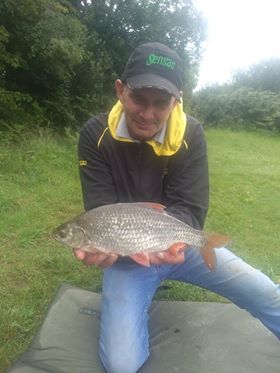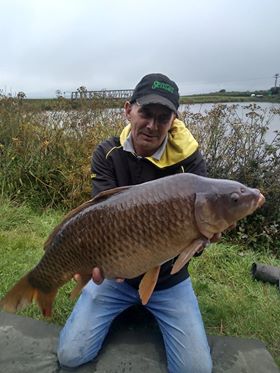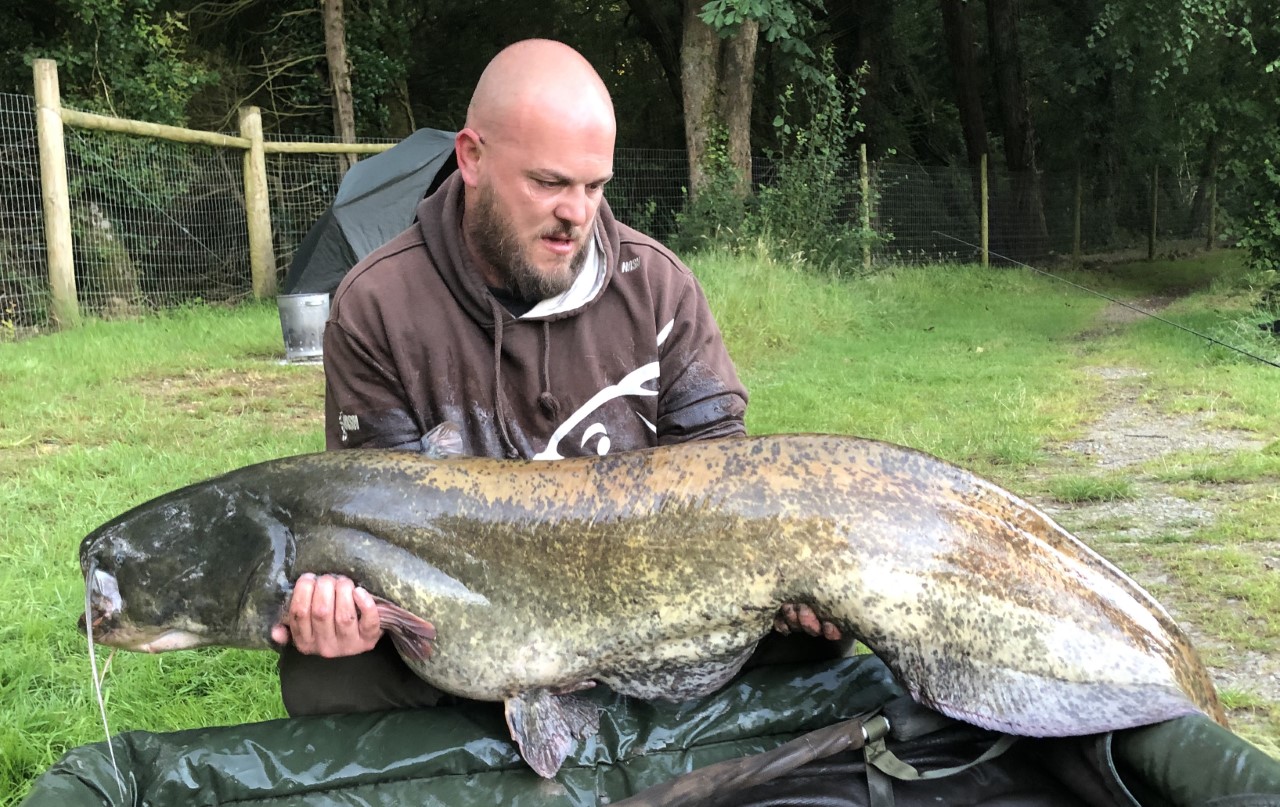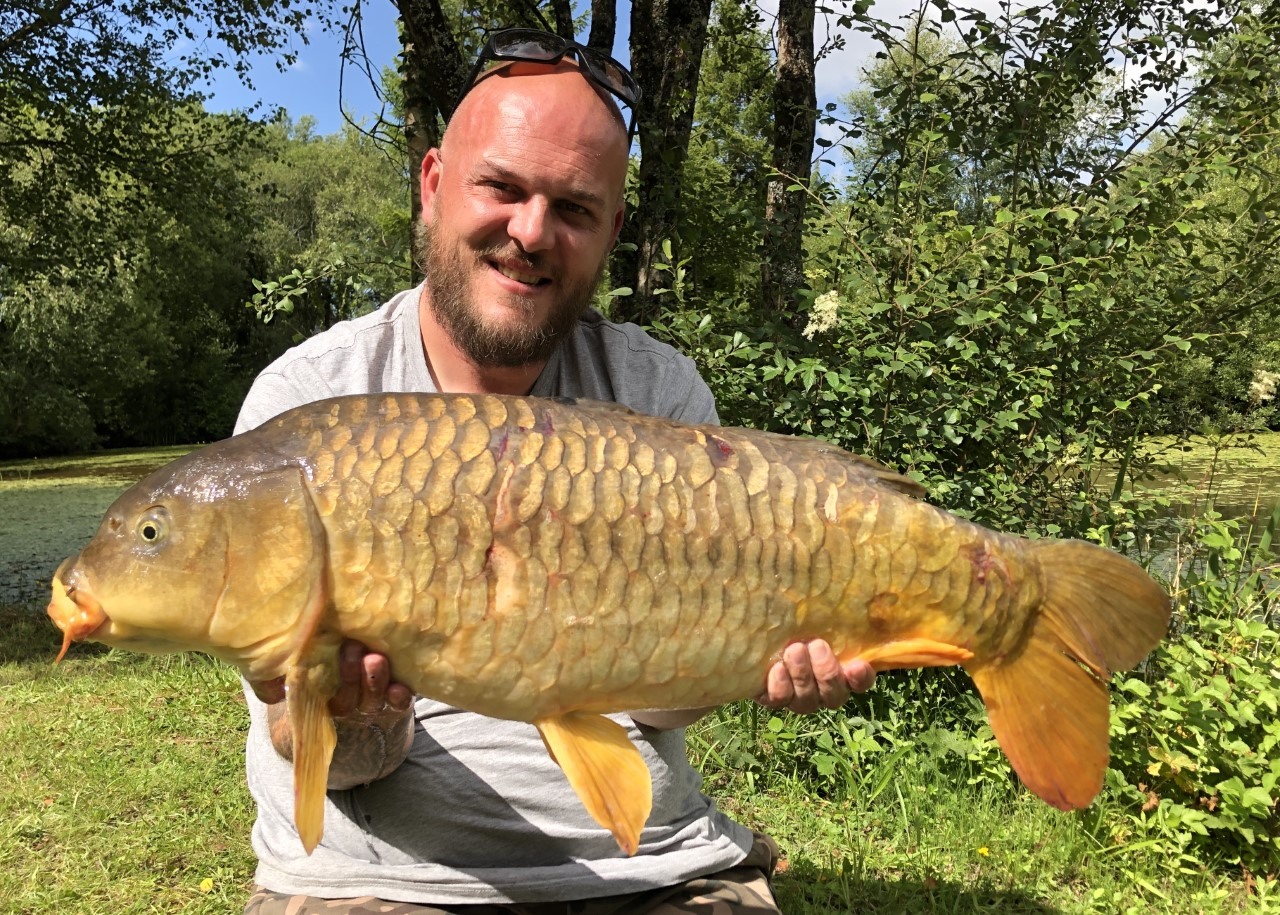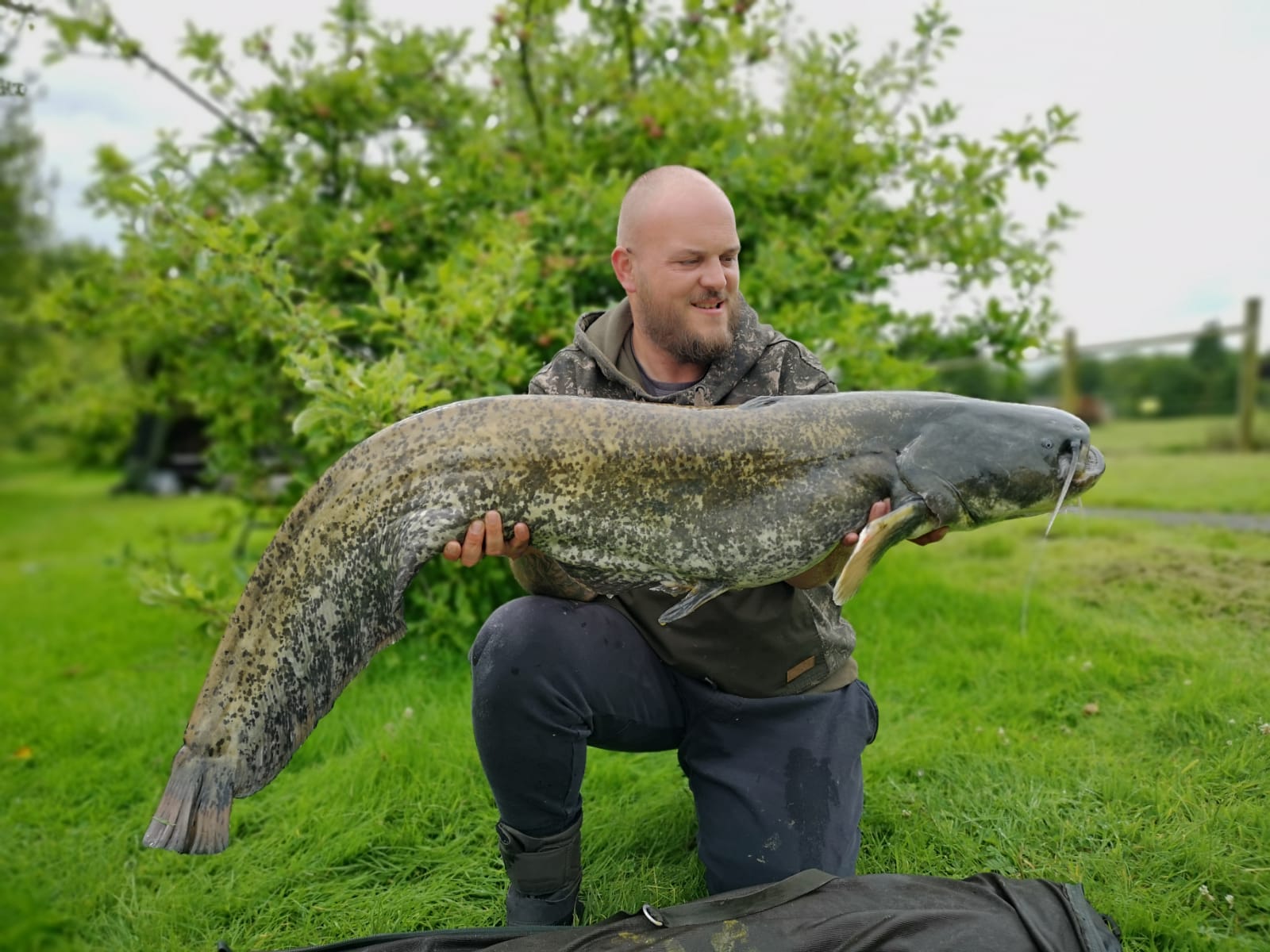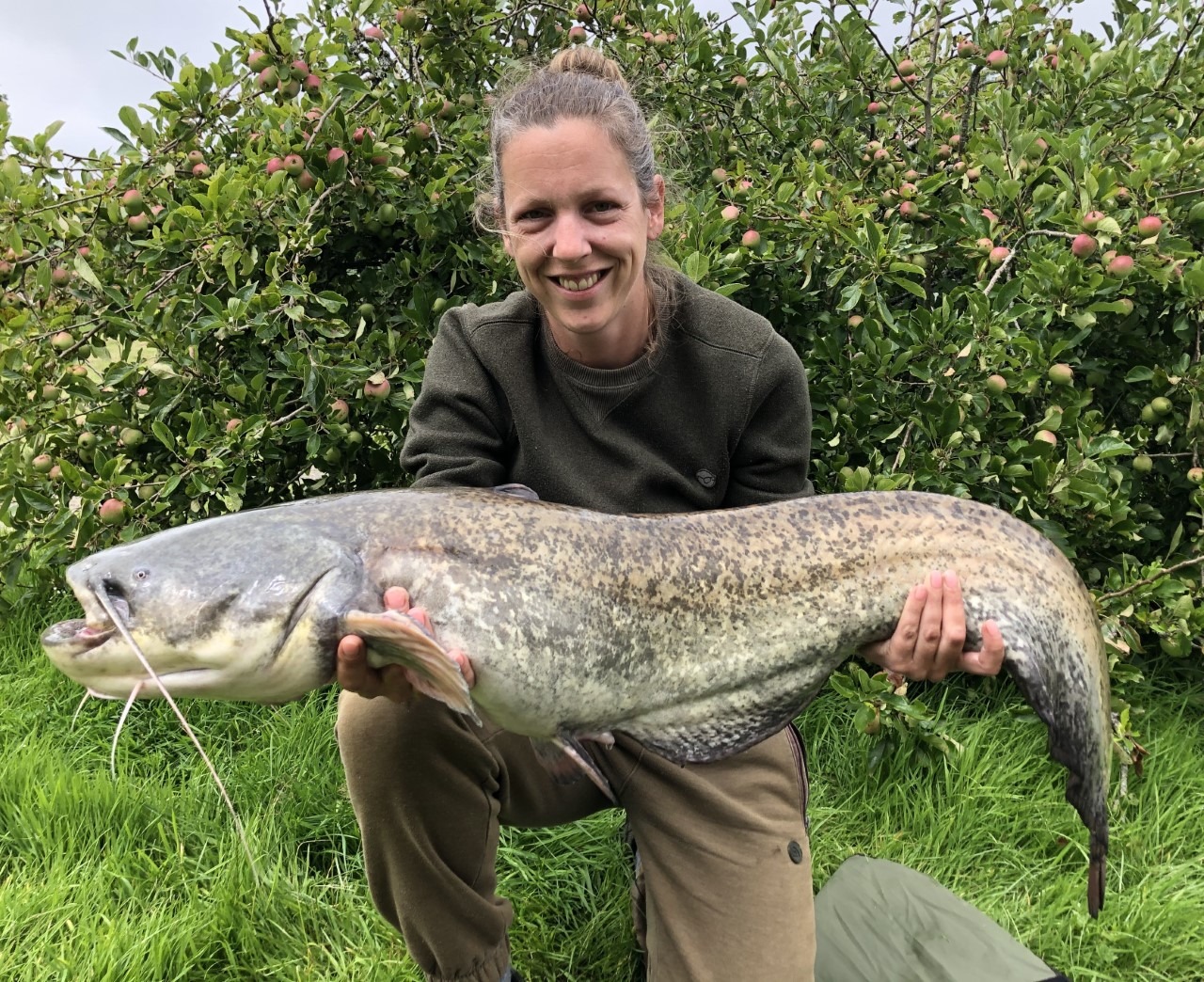Congratulations to young North Devon Angler Jack Welch who has banked one of the largest Zander ever caught from UK waters. The full account from Jon Patten below :-
“I would like to say a massive congratulations to my eldest son
Because Jack has caught a fish of a life time… An immense freshwater fish… For my sea fishing friends this is the equivelant of a 74lb tope or 20lb bass… Freshwater wise a 44lb pike
Huge fish
Jack and I had spent the day fishing up country to no avail… So I mentioned to Jack about doing a couple of hours predator fishing on the way home as we still had 3hrs if not longer to run home…. Little did we know what this would lead on to
Rods and reels set up… My new Shimano 6000 Oc baitrunners came into play
Frozen Baits deployed
Jack and I yapped as we fished this new area for pike and Zander
My bite alarm registered a bite… Which I saw anyway as I’m always looking for a bite
The net saw a small pike quickly landed and returned
Now the stars aligned for Jack as he had several fine Zander which unhooked and carefully put back so as not to harm them… I had another pike
Jack was in the zone as several more Zs came to the net for him
We were side by side… Using the same bait and rigs
Jack was enjoying the fishing and banter so much that he nearly didn’t see a one toner… Amazing bite
He struck but alas into thin air… Best bite of the night….. Missed
I might aswell have packed my rods away lol
Now I have tried to teach Jack and his younger brother Reef everything I know… Even starting them off at a very young age whereupon they have fished all around the world… Very lucky boys but both very accomplished in there own right
Now jack was told that we were leaving in 30minutes… His head hung low as he knew that he had missed the best bite of the night
When luck is with you… Lady luck smiles
Not more than a few minutes later Jack had another one toner… His reactions were fast he was concentrating as he lifted the rod to strike…. Omg that rod creaked under the weight… Line scream out before settling into a very heavy dogged fight… Changing directions every few minutes
Jack said I have pike… I knew from the fight it was a big Z
It came at the net like a freight train where I has to give it a couple of scoops to get it in the net before it would go in all the way
Holy hell…. I had a big Z a few weeks earlier… This eclipsed that
Ah man such a lite hook hold
We allowed her to recover in the net and then when she was right we weigh her…. Omg 23lb which would break the record… We weighed her again and again 23lb
Lol I was really fatigued and I realised that we were weighing a wet weigh sling
A dry net bag… Re zeroed in the scales and Holy moly one of the biggest Zander ever caught at 19lb 4oz from the bank… Jack had said that he felt the line rubbing on some underwater snags… With at hook hold he was indeed lucky to have landed such a magnificent fish
Now I’m a firm believer that if its going to cause a fish harm to get them back very quick into the water… Especially the big ones
After a couple of pics she was released… Ah man she looked grand to have Swan away so strongly… I was emotional
I have search for a fish like that for years but couldn’t be happier than I was for my eldest son Jack that night… High fives and a massive man hug from Dad
I looked at Jack 23yrs old now proudly and thought you have been listening every word I said and everything that I’ve taught you
A massive congratulation Jacko on such an amazing fish brother… A true fish of a lifetime… A mahooosive fish from the bank with all the odds stacked against… Snag wise
A massive thankyou to all of my sponsors who sponsor me Especially Shimano who help me which in turn allow me to help others within our sport and to my England team mates which encourage us to keep going through all the tough sessions
For any of you that want to try Zander fishing
I fish the Thames.. The Trent.. The Severn… The Avon… The Oxford canal… The Glouster Canal and several other places aswell 
Motivation equals reward”
